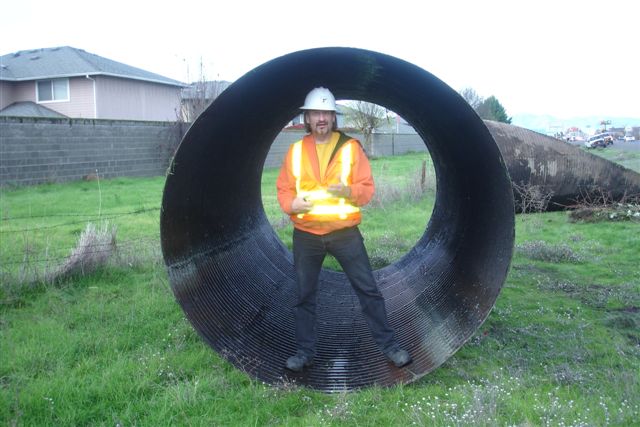Back in the late 70's I was hanging around the airport as I did a lot then since I worked there and this guy came in with a brand new rented Mooney 231. This airport had a 2500 ft runway with obstacles at both ends so it was a mild challenge for Mooneys. I know because my brother owned a 201. The wind almost always favored 27 unless it was raining at which time it swung around to 9. Well, this day it was sprinkling a little bit so in comes the guy in the Mooney and he goes screaming past our spot which was about midway and gets our attention enough to go outside and watch as he slams it down and locks up the brakes.
Smoke, blown tires as he got to the end of the runway and crossed the culvert, picking up a fence along the way. Across the road and over another ditch that shoved the right main gear through the wing. Picked up another fence then headed up the hill doing a slow pirouette to the right, down the other side and out onto the 9th green at the golf course.
"Whoa!" I said to Curt, "Did you see that?"
"Yup" said Curt so we went into the office, filled our coffee cups and walked down to the golf course.
The guy wasn't hurt, Mooneys are pretty stout, but that was one of the most spectacularly botched downwind landings I've ever seen.




